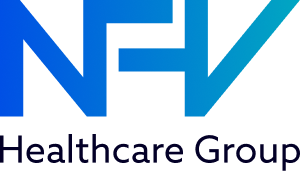In the complex world of healthcare, managing finances efficiently is crucial. A common question for this topic is what is revenue cycle management or RCM in healthcare? Revenue cycle management refers to the method employed by healthcare systems in the United States to monitor the income generated from patients starting from their first appointment or encounter with the healthcare system until they settle their outstanding balance.
Healthcare revenue cycle management (RCM) is a comprehensive process that plays a pivotal role in ensuring the financial health of healthcare organizations. In this blog, we’ll delve into what is revenue cycle management in healthcare and the steps that this process involves.
Why Is RCM Important for Healthcare Organizations?
A well-designed and implemented RCM system shortens the billing and collection cycles by accurately registering, appointing, scheduling, and processing payments. It integrates administrative data, such as a patient’s identity, insurance plan, or other pertinent patient demographics, with the patient’s care. This integration helps practices save time and money by lowering the number of denied claims and making it possible for patients to make payments online.
The Main Components of the Revenue Cycle
The successful completion of the revenue cycle involves several steps. Here are the components that make up the revenue cycle process:

Pre Registration
Preregistration is the first step in the revenue cycle. It captures patient information, insurance details, and eligibility in real time. This allows the provider to understand the patient’s coverage, deductible, co-insurance, co-payment, and referral requirements. It also facilitates discussions about payment expectations and the practice’s cancellation policy.
Registration
The registration process in healthcare is crucial for ensuring accurate patient information. This step involves verifying and securing data like the patient’s address, phone number, date of birth, guarantors, and insurance details. It also includes collecting co-payments and, for specialists, confirming referrals or authorizations. Missing these steps can lead to payment issues and potential financial consequences.
Charge Capture
Step three in the revenue cycle process involves charge capture, which can be automated or done manually. Automation relies on provider documentation to flow information into the billing system, while the manual method involves front desk staff entering data. Both approaches have pros and cons, and both can lead to missed charges, such as ancillary services, which can impact revenue.
To avoid missing charges, ensuring accurate coding and proper submission to insurance carriers is essential.
Claim Submission
In the revenue cycle, claim submission involves sending information to insurance carriers after recording charges, ensuring accurate codes. Claim scrubbing checks for errors before submission to speed up payments. It includes using transmission and rejection reports to identify and fix mistakes promptly.
Remittance Processing
Remittance processing is the crucial fifth step in the revenue cycle. After submitting claims, practices eagerly await the remittances. These remittances explain benefits, outlining the services for which the practice has received payment. It is during this process that allowables are determined.
Allowables represent the agreed-upon rates between the provider and the insurance carrier for the services rendered. The provider and carrier establish a contract through negotiation, and the insurance company confirms the reimbursement amount for each service provided.
Insurance Follow-up
The next revenue cycle step is insurance follow-up, where practices assess what’s been paid and unpaid. Unpaid items are tracked through the accounts receivable (A/R) report, identifying issues in the insurance follow-up process and payment delays.
Key considerations include team structure, carrier assignments, cross-training, Medicare handling, practice management involvement, monthly aging trends, and whether claims are appealed or resubmitted.
Patient Collections
Patient collections represent a challenging phase in the revenue cycle process, emphasizing the importance of collecting payments during a patient’s office visit through well-trained front desk staff and a clear policy for copayments and deductibles.
Expedited patient statement delivery, preferably daily, aids in enhancing cash flow and the overall revenue cycle efficiency. Efficient patient collection management is vital to avoid resorting to bill collectors and seeking expert guidance can be beneficial if challenges persist in this area.

The Challenges in Healthcare Revenue Cycle Management
The healthcare revenue cycle is complex and has many challenges. The most common practice challenge is staying up-to-date with ever-changing regulations, such as coding requirements or payer policies. With the rise of consumerism in healthcare, it’s also important to keep patient engagement at the heart of the revenue cycle process.
Partner With NFV Healthcare Group for Revenue Cycle Support
Navigating the complexities of healthcare revenue cycle management can be overwhelming. That’s why having a trusted partner who understands your unique needs and expectations is essential. At NFV Healthcare Group, we are dedicated to providing comprehensive revenue cycle support with our experienced team of professionals.
From legacy accounts to maximizing revenue, we can help you transition seamlessly while ensuring financial operations remain in capable hands. You can count on us to support you while maintaining profitability and delivering quality care. Reach out to us today!

